On the morning of May 15, 2012 after traversing the state of Utah and seeing 179 species of birds on our first Utah Birders Big Day attempt, I felt like it might be impossible to reach 203 species for a new Utah record. I knew that we needed to look at things differently, come up with a new route, and if we were going to do it again, plan better. In May 2013 we opted not to do a big day, but instead spend the time birding in Washington County at a relaxed pace. During the course of the weekend it became apparent that it was possible to see around 160 species of birds in the area in a 12 hour span--possible, but was it actually realistic in real time and under the clock on a big day?
On our first go around we left St. George with 30-40 birds fewer than we knew we needed. We fought hard till the end, all along knowing it was not going to end with the number we hoped for. Flash forward to March 2014, and with the previous Mays birding on the top of my mind, I sat down and started drafting out a new, more complex, higher mileage, and a tad riskier route. With some tinkering, on paper it looked possible with around 250 species that are typically seen/reported from the locations we would be going in the general time frame. In an email to my cohorts during the planning I estimated 212 being a realistic high count if conditions and luck were in our favor. So now it was just a matter of putting the plan into action.
We looked at ideal dates and weekends and the 4 of us who were talking about the attempt couldn't all make it at the same time. It looked like the weekend of May 3-4th, with Monday the 5th being the only date that would work--but as we got closer we moved everything back a week and planned on Mondya, May 12th as the day that would work best, put us close to a full moon for good nocturnal birding, and put us right int he sweet spot for spring migration. Our schedules were still off but it looked like all 4 of us could at least be in St. George by the 11th at noon. Our 4th in the group being Colby Neuman who now lives in Portland, Oregon, booked his flight in to St. George, so just like that, we were all in. Unfortunately the week before we lost 1/4 of the team to work--so for the big day it would just be Colby, Kenny, and I.
The week leading up to event it was hard to focus on anything but the Big Day. Questions abound in my mind... Was 20 really possible with this route? Were we being too ambitious? Should we spend another year scouting? How would traffic be? How would the weather be? My mind was spinning as I kept checking weather outlooks, evening traffic on the route, and trying to dig up locations for a few birds that would make them easier to get on the day. Emails back and forth trading information, sharing locations, and trying to get the last minute details in place kept us busy. Rarities popping up all over along our route were tantalizing us--would they be there on the 12th? Was this going to work?
Blue-winged Teal at Chicken Creek Reservoir
Finally, it was Friday May 9th, and Kenny and I headed out--our trip was off to a rough start with Kenny losing his vehicle to transmission problems, a down pour in Salt Lake unlike any I've seen before, construction, and lots of bad drivers. After the rough 1st hour we were on the highway headed south--it was time to scout the route. We made a quick stop in Provo to check a known COMMON GRACKLE roost that hadn't been reported this year--as our luck had it the birds were there. A good start in terms of birds. Our next scouting stop was one of the most crucial, at Chicken Creek Reservoir in Juab County. This would be where we had to get most of our species of waterfowl, and anything else associated with shrubsteppe and open reservoir habitat. Things were looking good with almost all of our target birds--a few ducks listed for us as not likely but possible weren't to be found, but plenty of BLUE-WINGED TEAL, a couple BUFFLEHEAD, and COMMON GOLDENEYE were all present--and supplemented with a stunning HORNED GREBE in breeding plumage.
Horend & Eared Grebe at Chicken Creek Reservoir
If things went bad at Chicken Creek, the whole day could be a wash, so we were pleased with what we found. Continuing south we decided to look for SAGEBRUSH SPARROWS in prime habitat along the interstate; this was a bird we thought was damn near impossible to get on this day and route--until Kenny and I picked a spot at random pulled onto a frontage road and did a little searching--we had found our Sagebrush Sparrow spot in Iron County, less than 5 minutes round trip form the interstate.
Sagebrush Sparrow in Iron County
By the time we arrived in St. George it was starting to get late, so we decided to check a few spots for birds in town. After that being a bust we continued our now annual ritual with birding trips to St. George, by enjoying a warm Mexican meal at Irmita's on St. George Boulevard. As usual it was delicious. By the time dinner was over it was starting to get dark so we made a quick stop at the grocery tore to supply-up and then we headed into the desert. As we passed through the town of Shivwits we were ecstatic to see numerous LESSER NIGHTHAWK soaring under the lights on the playground next to the highway. We counted around 12 birds and spent a good 30 minutes trying to take photos--which is always a chore with these guy in flight.
Lesser Nighthawk in Shivwits
After getting our fill, we checked a couple alternate spots for Screech-Owls and other birds before hitting the Beaver Dam slope and making our way to the wash to set up camp. We soon called in a couple WESTERN SCREECH-OWLS which provided great looks--all the while COMMON POORWILL called in the surrounding wash. It was after midnight and we planned on being up at first light to bird the ranch. All night long the songs of Poorwills filled the camp, while the Screech-Owl sat in the trees right above our tents, letting us know we were in his territory--not knowing that was exactly what we wanted to know for the big day.
Western Screech-Owl at Beaver Dam Wash
As morning broke on the 10th, we awoke to the sounds of singing BROWN-CRESTED FLYCATCHER. We checked one of our usual spots for COMMON BLACK-HAWK but the birds weren't there--instead we ended up flushing one out of some trees along the creek--this would not be a good sign for the big day. After packing camp we headed across the wash to Lytle Ranch. Trying to imitate what we would do on the morning of the 12th we hiked up to the north end of the ranch, albeit at a slower pace than planned and then walked our way back with the first rays of sun spilling into cottonwood lined creek.
Awesome transitioning Summer Tanager at Lytle Ranch
Bird life was slow to emerge, but we filled our list with the birds we needed at the ranch, minus 3 major targets: Hooded Oriole, White-winged Dove, and Greater Roadrunner. There were no shortage of my favorite WESTERN and SUMMER TANAGERS--and we snagged GRAY, HAMMOND'S, DUSKY, and WILLOW FLYCATCHER for the day.
Hammond's Flycatcher at Lytle Ranch
Back near the housing area we watched the hummingbird feeders, where we had ANNA'S, COSTA'S, and BLACK-CHINNED HUMMINBGIRD, to go along with a BROAD-TAILED we had earlier-a 4 hummingbird morning was a blessing.
Anna's Hummingbird with Black-chinned's at Lytle Ranch
A Great Salt Lake Audubon trip arrived about this time, and as we left, we left them a parting gift of Utah Birders 2014 Tanager Edition stickers...
UBRID'ed Car at Lytle Ranch
Kenny and I made stops on the slope for our target CRISSAL THRASHER which was a success. This followed up with both GRAY VIREO and BLACK-CHINNED SPARROW at Utah Hill. Checking out a side route for some other species we found GRAY FLYCATCHER on territory, and more importantly a gorgeous male SCOTT'S ORIOLE.
Scott's Oriole at Utah Hill
After failing to find a new black-hawk nest we checked the other reliable nest site above Gunlock Reservoir which has been present for years--there were two COMMON BLACK-HAWKS tending to the nest which was a good sign. I guessed we could probably find it in the dark with our spotlight, so we lined up some rocks to line up with the nest if we decided to try for it here.
Digiscoped Common Black-Hawk at Gunlock
We headed towards St. George checking Ivins Reservoir where the NEOTROPIC CORMORANTS have been hanging around a few weeks--they were there which was a good sign. In town we checked Tawa Ponds at Entrada where we had heard the Ross's Goose from the past few years had finally disappeared--it was true the goose was gone, but so were the majority of the waterfowl that usually are found here which led us to wonder if the city was behind the removal. We drove out to Sand Hollow Reservoir which was as crowded as I've ever seen--there was a good size flock of FORSTER'S TERN present which was a miracle given the number of boats, jet skis and beach goers... This mess would have been a disaster on a big day, but on a Monday it should be good.
Neotropic Cormoran and Great-tailed Grackle at Ivins
We scouted a few other lowland spots tying up some loose ends in the needs department including VERMILION FLYCATCHER in Grafton. Next it was off to Kolob Terrace for some serious scouting. All the while as we headed up the mountain the wind started to pick up while the temperatures dropped. We picked up birds we needed along the way, doing a pretty good job finding all our targets, minus a few probably-wouldn't-gets. We found a BALD EAGLE perched in the same tree where I found one last summer. Looking at reports from this year, someone had 2, making us wonder/hope that these beauties setup shop and nest here.
Bald Eagle at Kolob Terrace for the 2nd summer in a row
We spent some good time scouting habitat trying to find some birds that we didn't have much hope for, which ended up being a good thing because we found ACORN WOODPECKERS which a week before had been about 2 miles away--meanwhile we had none at the expected location. During the foray I had a great chance to photograph a more than obliging VESPER SPARROW.
Vesper Sparrow at Kolob Terrace
Eventually we ended up at Kolob Reservoir where there were no loons, shorebirds, and scan waterfowl. We did however have at least 1,500 TREE SWALLOW, of which a flock of 500 or so were using the road and beaches to sit out of the wind in between hunting along the insect-filled bushes along the hillsides. It was great for trying to get photos.
Tree Swallows at Kolob Reservoir
While we spent a good half hour enjoying he spectacle a pair of OSPREY appeared overhead. This species was expected here on our Big Day but could easily be a miss if we didn't just get lucky and have them in the air while we were there.
Osprey at Kolob Reservoir
We headed back to Lava Point in Zion National Park to camp for the night--at 7,890' above sea level it would be a bit more chilly than camping in the desert, but it would let us go owling up here where we never had before--which was what we planned on doing to start our Big Day. As it started to get dark storm clouds built to the north and appeared to be headed our way--Kenny had forgot his rain fly and as I got into m ten for the night I heard him exclaiming that it was snowing--SNOWING! He packed up and headed to my truck for the night. Meanwhile it started to rain hard, which quickly turned into hail and poured down a midst lightning and thunder. I took this video from inside my tent.
I eventually fell asleep to the sound of rain pelting my rain-fly. It was a few hours when I awoke in the middle of the night to a noticeably colder tent. I turned on my headlamp and saw snow piling up at the bottom of my rain-fly--what a disaster...
Snow creeping under my tent's rain-fly at Lava Point
My alarm went off a couple hours later around 3:00am, but I made no attempt to get up--owling was not going to happen. Around 5:00am I was wide awake and finally convinced myself to pack up. I got everything in the tent into my bag and then opened the rain fly--it was a winter wonderland. Did I mention I was wearing shorts and flip-flops? Yeah I was not prepared for this.
Snow-covered Truck at Lava Point
I ran to the truck which was caked in ice and snow and opened the door, which scared Kenny wide awake. I threw my bag in and returned to my tent to take it down as fast as possible. I left the rain-fly on and removed the spikes form the ground. I carefully unhooked the poles form the fabric, and slipped them out, breaking them down. I quickly folded the tent into thirds and rolled it tarp and all into a ball which I threw into the bed of the truck under my cargo net. In to the truck I hopped all in less than 60 seconds--just long enough to lose feeling in my hands and toes. What a disaster...
We let the truck warm up enough to use the windshield wipers. After that we headed across Lava Point and Blue Springs Meadows which were covered in snow. The wind was blowing sideways across the road creating small drifts--outside it was a balmy 26... with the windchill I imagine it was probably closer to 0.
26 degree at Lava Point
I took a picture back across the meadows as we left. Never had I seen it in the middle of a storm, the landscape was transformed into a freezing wasteland--no birds were to be found here today.
Kolob... a.k.a. Snowlob on May 11th around 6:00am
We headed to the lowlands out of the storm. It seemed like our plan for the big day might be in trouble--this storm was supposed to dump up to 6" according to the weather. What a disaster... But we didn't let it stop us--Kenny being optimistic said, it would be better tomorrow, so we charged on checking a stake out spot for RUFOUS-CROWNED SPARROW, which showed up as we hoped.
Rufous-crowned Sparrow at Dalton Wash
Making our way back towards St. George we decided to check Sand Hollow, imaging the storm probably had the lake free of watercraft and beach-goers, and possibly holding a few bird highlights. We guessed correct and were treated to SANDERLING, BLACK-BELLIED PLOVER, and MARBLED GODWIT. We also found a good sized flock of gulls and terns which held a BONAPARTE'S GULL.
Our last set of stops for the morning were in the Washington Fields we found a flock of WHITE-FACED IBIS that happened to contain one GLOSSY IBIS.
Glossy Ibis in the Washington Fields
The flock also had 2 CATTLE EGRETS which were a species we didn't expect to get. As we watched the birds everything was thrown into commotion as a PEREGRINE FALCON dove into the scene and knocked one of the egrets from the sky as it flew--we watched in horror as the egret fell to the water and the GRIN tried to stomp it.
Peregrine Falcon attacking a Cattle Egret in the Washington Fields
I feel we probably saved the egrets life because we drove up closer to see the action and the falcon drifted out into the field about 40 yards while the egret escaped into the reeds.
Peregrine Falcon in the Washington Fields
Cattle Egret in the Washington Fields
After a few minutes passed he egret took flight passed within an arms length of the car and was joined by its partner. Together they landed on some farm equipment on he opposite side of the road, and the falcon disappeared. For now the egret were safe. We drove a little ways down the road to try and scan some different fields. As soon as we parked I caught what looked like a Great Egret fling in the distance--as soon as I put my binoculars on it I could see almost entirely black wings and tails, and the long legs of a stork as it dropped into Seegmiller Marsh--I was slack-jawed and told Kenny I thought I had just seen a Wood Stork. A quick set of texts with Rick Fridell and he asked if it could been a pelican which has been hanging out there. In the past I have seen reports of Wood Storks and White Ibis in Utah and almost always immediately thought PELICAN as well. If you had to ask me, I would say I was 98% sure that it was a Wood Stork--I've seen this species before and its very unique and obvious. I also see thousands of pelicans each year and again--they are quite obvious and different. Did I have a pelican moment and think I saw something I didn't. I played it over and over in my head, and every time I closed my eyes I saw that stork coming in to land. It had to be a stork... didn't it?
Well I am going to jump forward 15 hours into the middle of the night when we had permission to enter the marsh precisely where the bird landed. We did indeed find an AMERICAN WHITE PELICAN there via spotlight. This just seemed to obvious, there is no way I could have seen what I thought I saw and had it end up in the same pond where this bird was--just no way--it was impossible. So despite what I thought I saw--I digress that I must have been wrong and will admit that this bird had to be the pelican, and that a combination of the rough night, wind, and distance to the bird had me seeing things that weren't there. And that's that--unless of course someone finds a Wood Stork in the area in the next few weeks--then I will change my tune.
We made one more stop at Springs Estate Pond where the local Snow Goose had also departed as of late--another easy waterfowl that would not make our day list. While Kenny did some searching around the pond, I took a few moments to photography swallows in flight--always a freaking challenge and really fun.
Eventually we had to head to the airport to get Colby so we made our way out. He arrived and we headed back to the Washington Fields where no of the birds from the morning were present. We jumped on the new highway over to Sand Hollow again, when Colby spotted a GREATER ROADRUNNER. It was a stretch but we figured we might be able to stop here at night and try for it. We ended up back at Sand Hollow where we added HERRING GULL to the day list (a bird that would be a bonus if present the next day), and also took advantage of the photo ops of more VIOLET-GREEN SWALLOWS that were sitting on the rocks of the dam to get out of the wind.
Violet-green Swallow at Sand Hollow State Park
It was already into the afternoon and we needed to get some rest before the night. We grabbed lunch in town and checked into a hotel to try and grab a few hours of rest before we had to be up again. We tallied 163 species while scouting in 36 hours--a far cry short of our expected list. But we also had skipped over certain things we knew we would get, and we hadn't been north the marshes and Great Salt Lake. It was around 4:00pm and in 5 hours we had to be up to get the car packed and head out for the night--no quite sure where we would be starting our big day, and exactly what would be in store for us weather and bird wise...
To be continued...
Labels: 2014, big day, competitive birding, records, trip reports
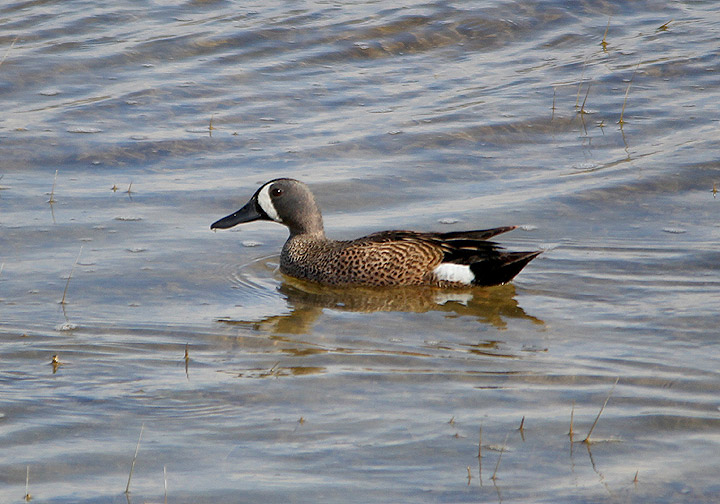
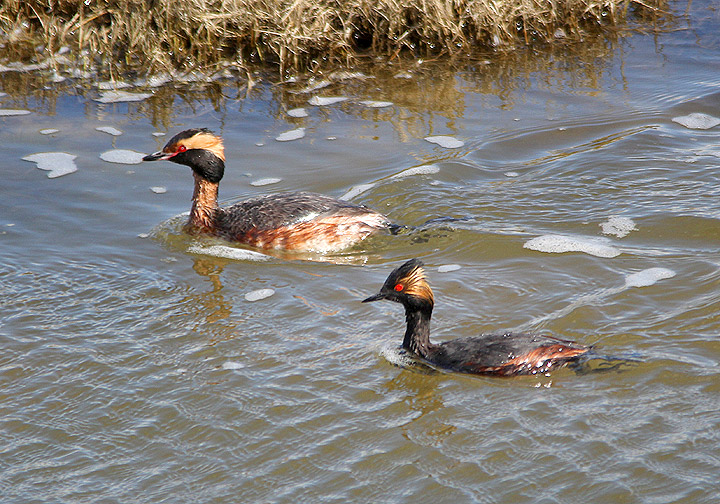
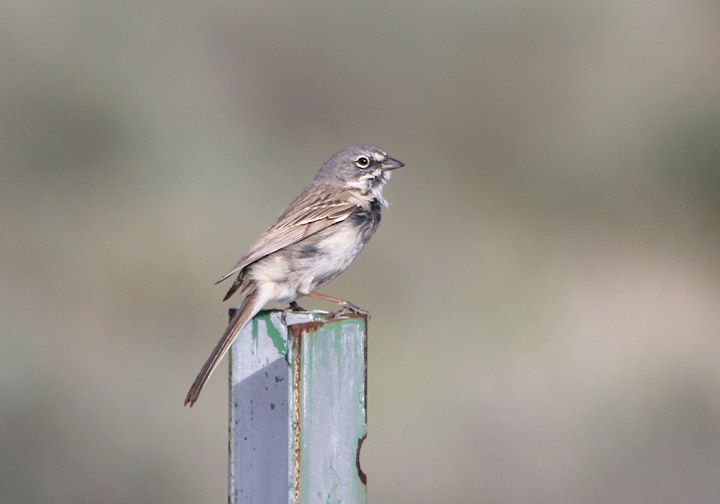
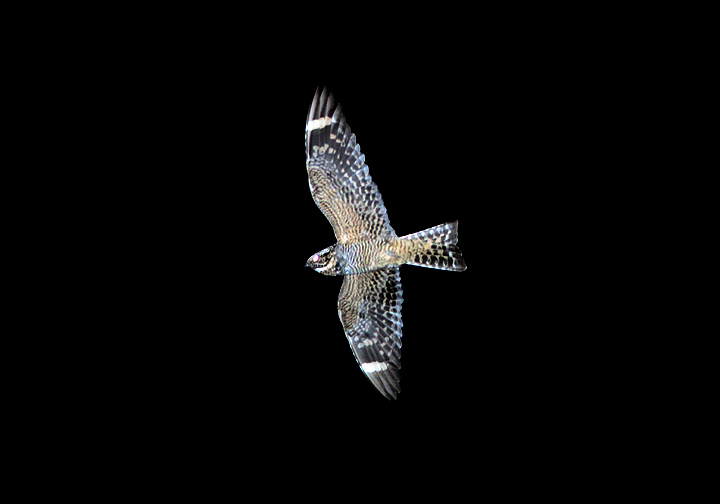
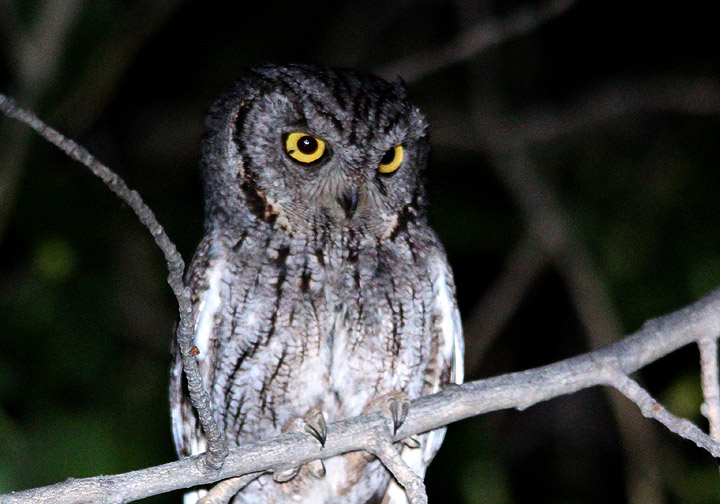
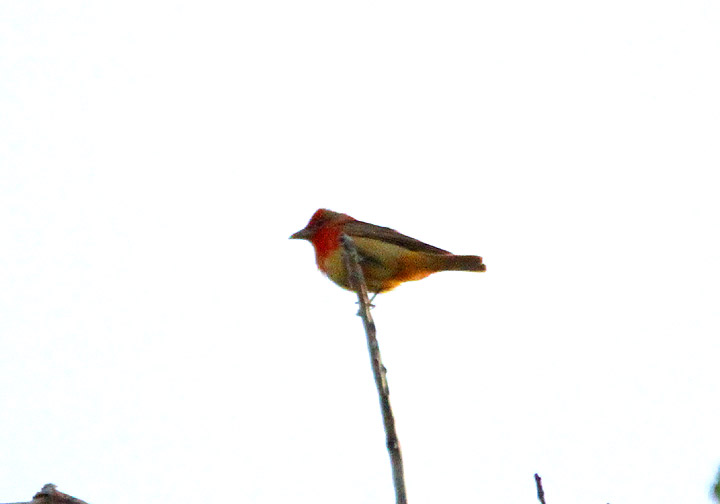
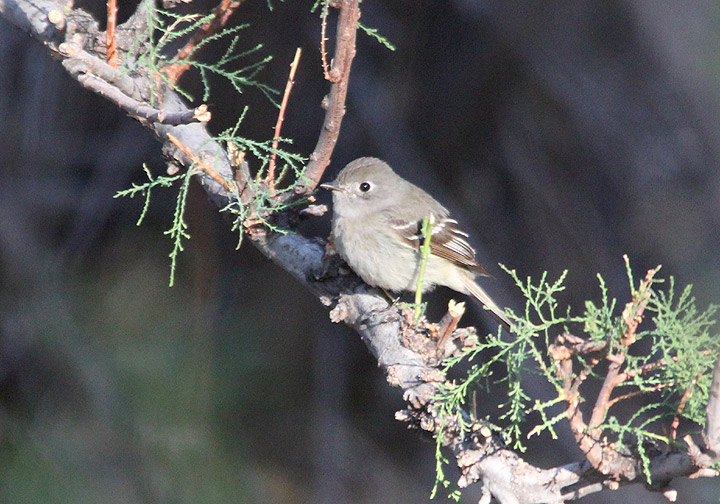
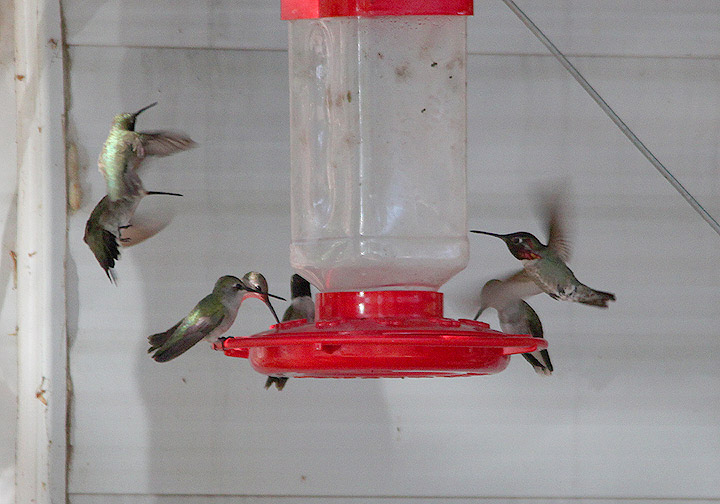
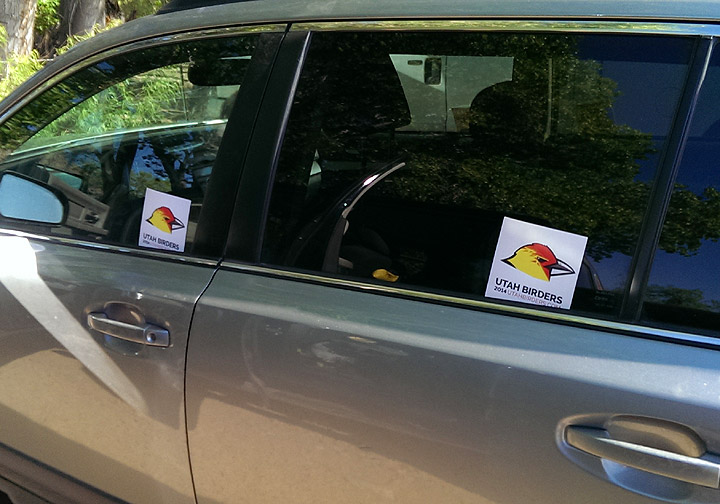
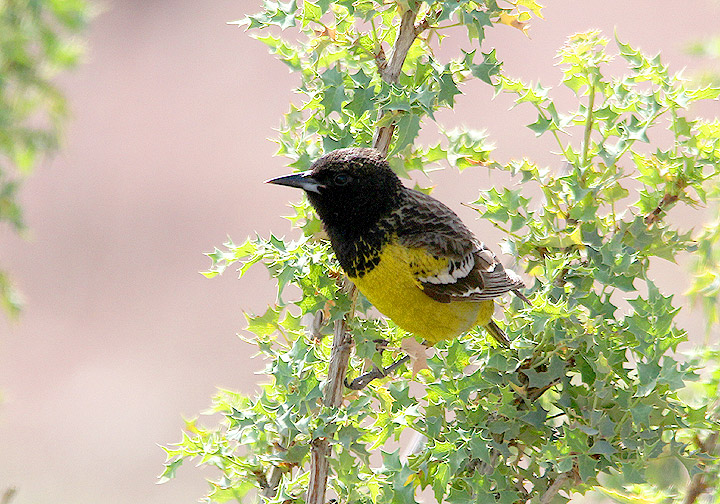


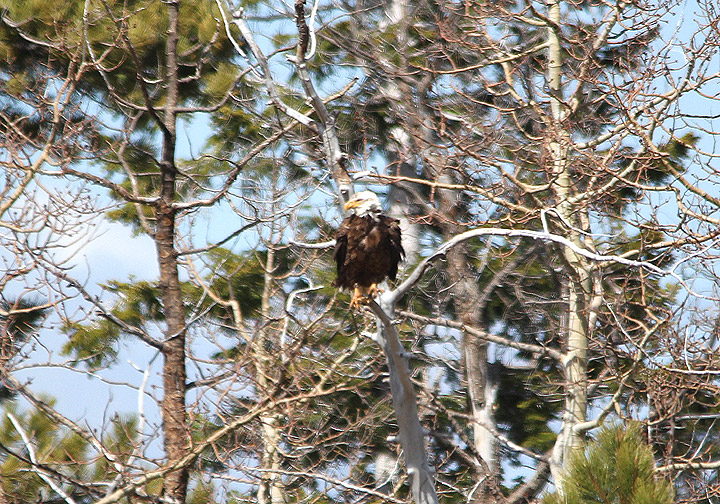

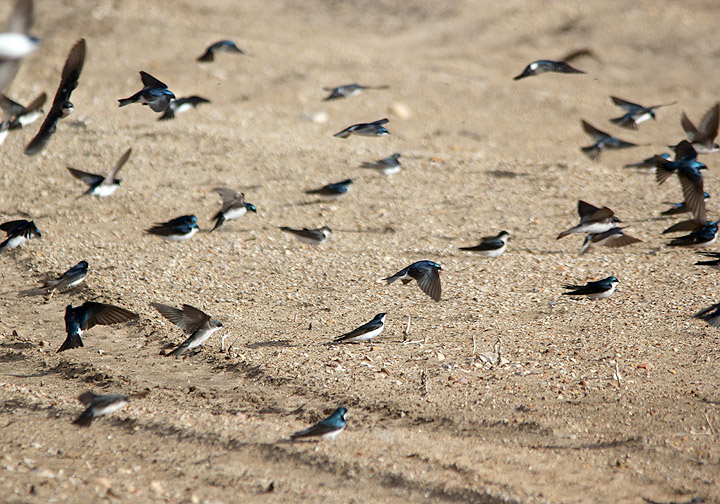
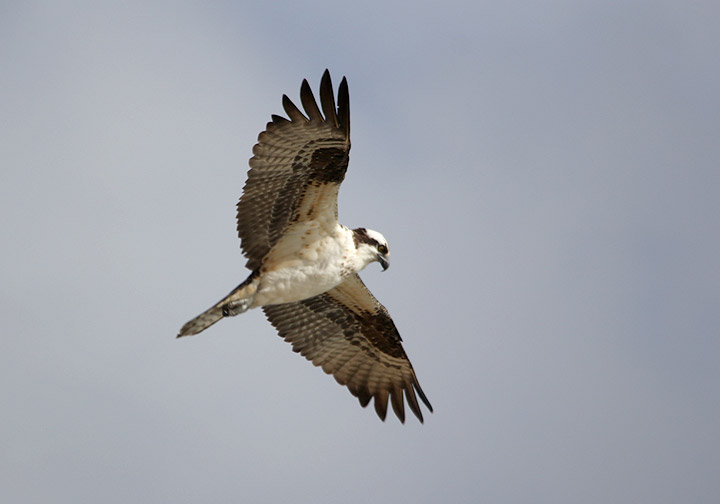
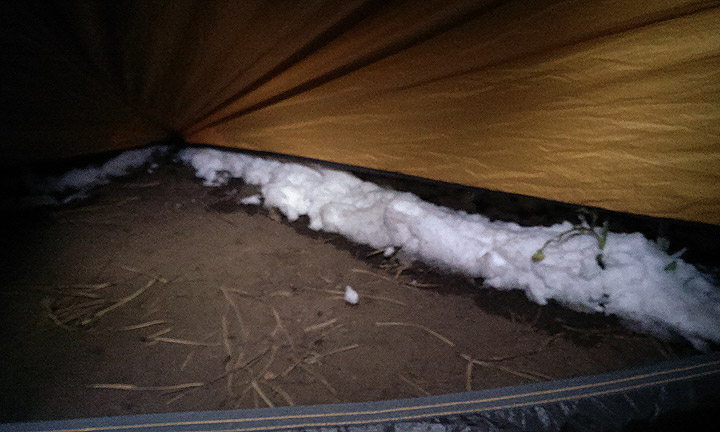
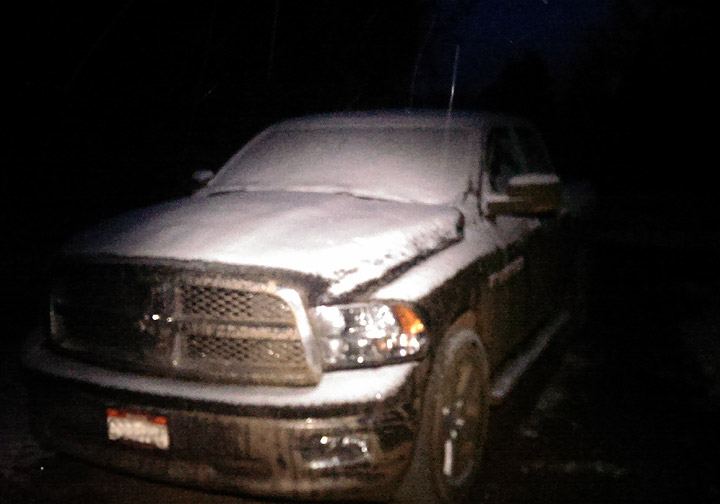


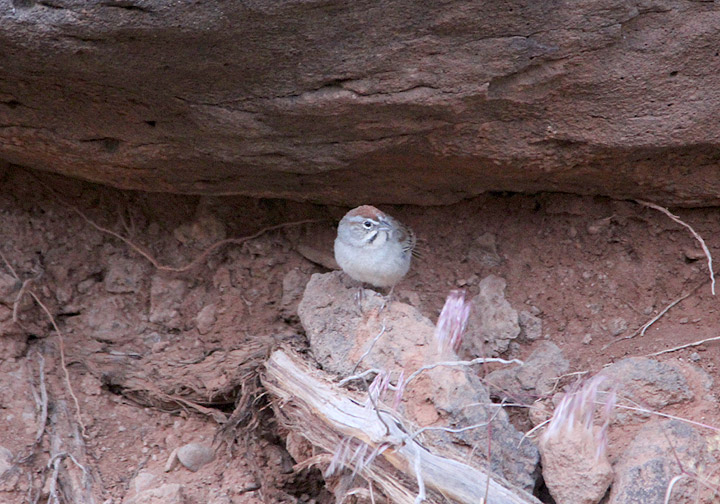
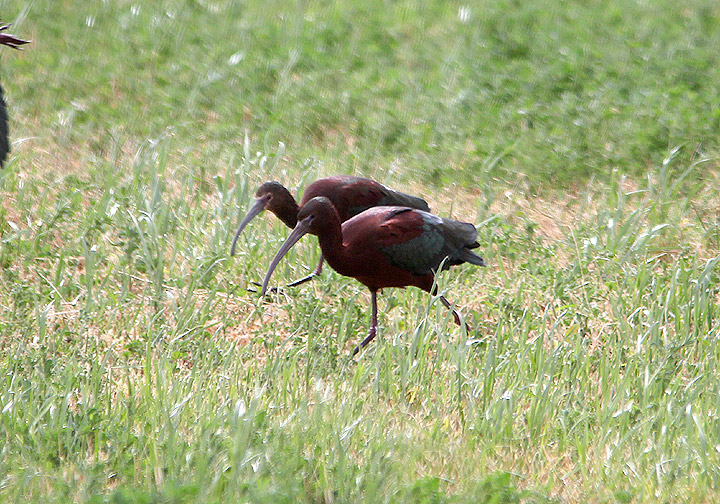
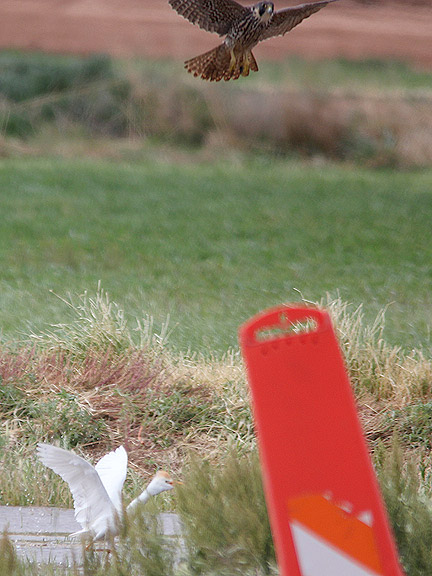
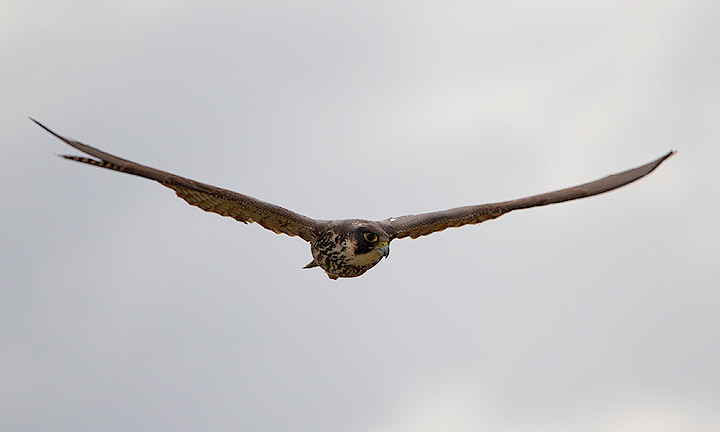
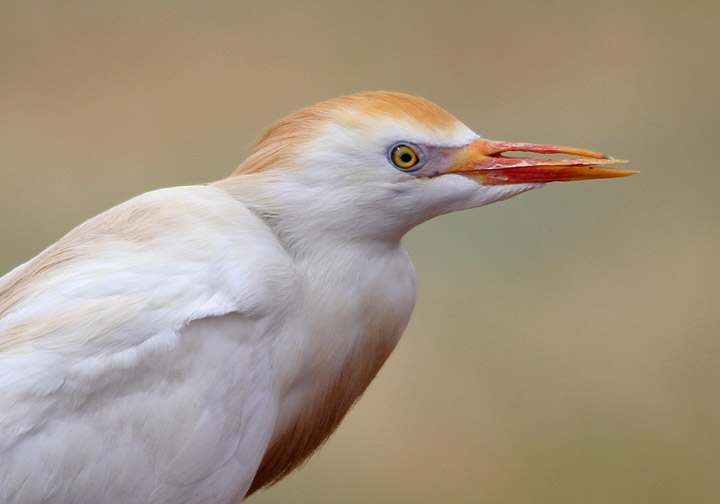
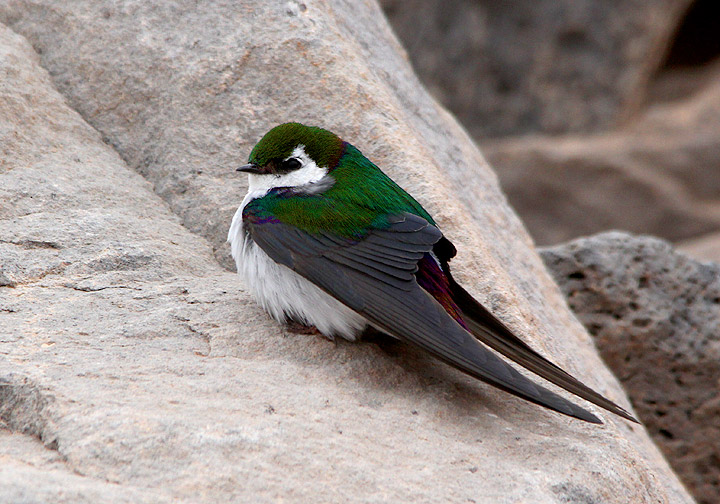

1 Comments:
Very interested in the actual day, looking forward to the next post.
Post a Comment
Subscribe to Post Comments [Atom]
<< Back to Previous